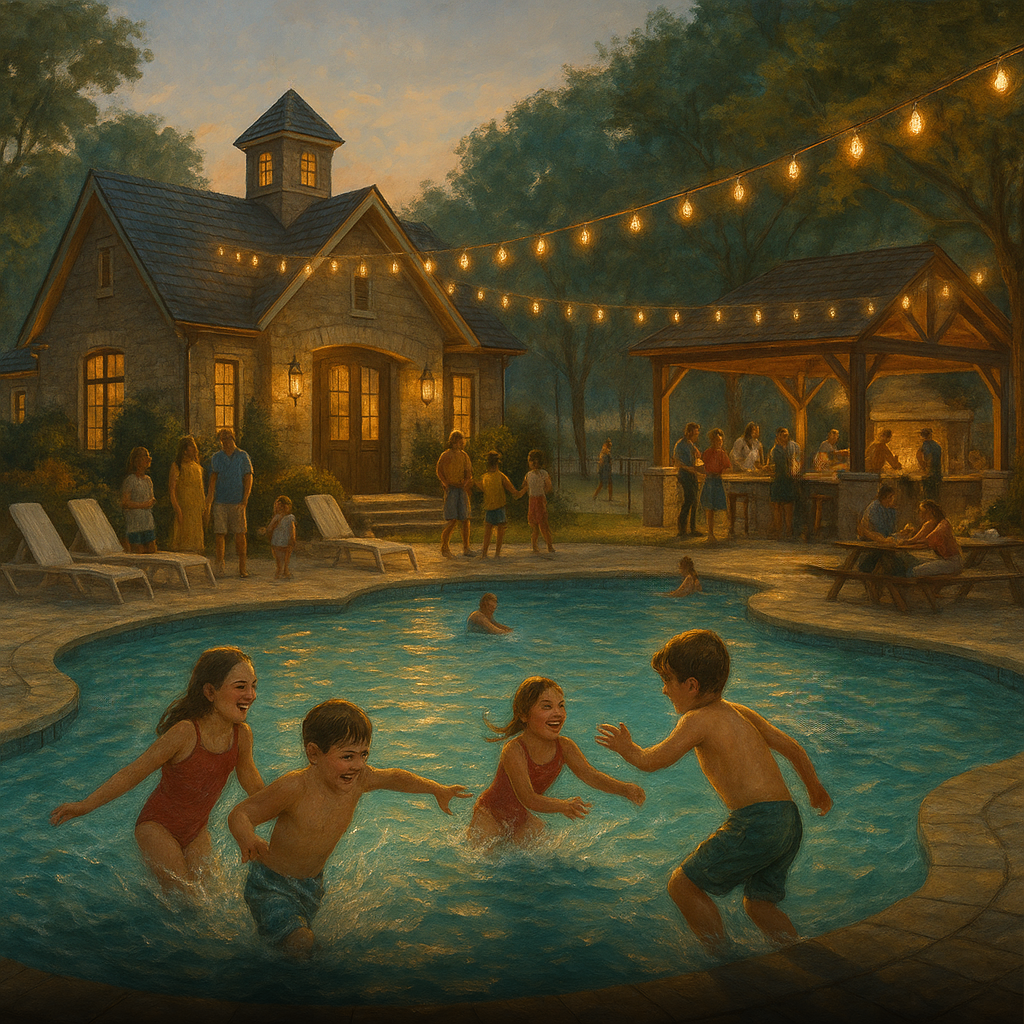
The Importance of Planned Unit Development (PUD) Standards for the Modern Homeowner
Planned Unit Developments (PUDs) have become increasingly popular among modern homebuyers, especially in the post-COVID-19 era. This article explores the benefits of residential PUDs, focusing on the reasons why more homebuyers prefer them, the role of homeowners associations (HOAs), common misconceptions, and how these communities cater to the evolving needs of remote workers.
Why Homebuyers Prefer PUDs
Modern homebuyers are drawn to PUDs for several key reasons. PUDs offer a blend of smaller home sites with ample community amenities, creating a balance that appeals to those seeking a low-maintenance lifestyle. The integration of green spaces, walking trails, parks, and recreational facilities allows residents to enjoy a high quality of life without the burden of extensive property upkeep. This appeals to buyers who value convenience and community engagement.

The Role of Homeowner Associations
One significant advantage of PUDs is the presence of homeowners associations (HOAs). HOAs manage the maintenance of common areas and community amenities, reducing the individual homeowner's responsibility for property upkeep. This arrangement ensures that shared spaces like parks, swimming pools, and clubhouses are well-maintained, enhancing the overall living experience. By alleviating the burden of maintenance, HOAs enable residents to enjoy their community amenities fully without the hassle of personal maintenance.

Appeal to Remote Workers
The COVID-19 pandemic has fundamentally changed the way people work, with a significant increase in remote work. Surveys indicate that a substantial portion of the workforce now prefers to work from home either full-time or part-time. This shift has influenced homebuyer preferences, with many seeking homes that support their work-from-home lifestyle.
PUDs cater to those needs by providing not only residential spaces but also community amenities that enhance daily living. With more time spent at home, the demand for community amenities such as walking paths, outdoor recreational areas, and dedicated home office spaces have grown. These features help remote workers maintain a healthy work-life balance and enjoy a fulfilling lifestyle within their community.
Common Misconceptions and Initial Fears
Despite their benefits, residential PUDs often face resistance due to common misconceptions:
- Increased Density Concerns: A prevalent fear is that PUDs will lead to excessive density and overcrowding, straining local infrastructure. However, PUDs are designed with flexibility in mind, allowing developers to create thoughtfully planned communities that manage density effectively while preserving green spaces and ensuring efficient infrastructure use. By using detailed planning and design standards, PUDs can balance higher density with quality-of-life improvements such as open spaces and community amenities.
- Lack of Governmental Oversight: There is concern that PUDs bypass traditional zoning controls, leading to a lack of proper oversight. In reality, PUDs undergo rigorous review processes involving local planning authorities to ensure they meet community standards and regulatory requirements. This oversight ensures that PUD developments are beneficial to the community and adhere to high standards of design and functionality.
- Development Greed: Some view PUDs as a tool for developers to maximize profits at the expense of community welfare. However, when developers opt for higher density in PUDs, it is typically necessary to provide an off-balance trade-in value proposition for the community and homeowners. This means that developers must offer additional benefits such as parks, improved infrastructure, or other community amenities to gain approval for increased density. These added features create a value proposition that extends beyond individual properties to enhance the overall community. The market demand for PUDs often results in higher availability of assets and amenities that benefit both residents and the surrounding area, contributing to a more vibrant and valuable community.
Planned Unit Developments offer a forward-thinking approach to suburban and rural planning, integrating various types of residential spaces and shared community amenities in a way that promotes environmental sustainability, infrastructural efficiency, and creative development. By addressing common misconceptions and highlighting the benefits of residential PUDs, this article aims to foster a better understanding of their potential to create vibrant, well-organized communities.
For more detailed information on the benefits of PUDs, refer to resources from reputable real estate and urban planning organizations such as:
- https://www.nar.realtor/residential-real-estate/planned-unit-developments
- https://retipster.com/terms/pud/
- https://www.bmandg.com/best-practices-planned-unit-developments/






